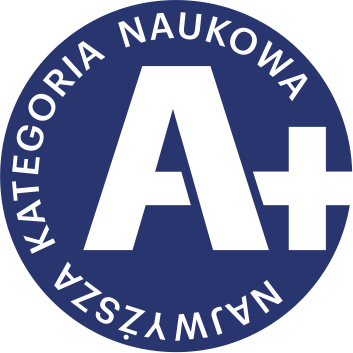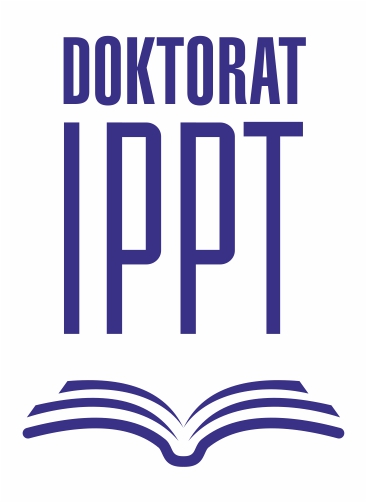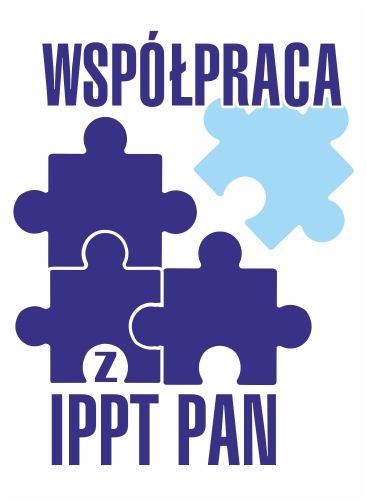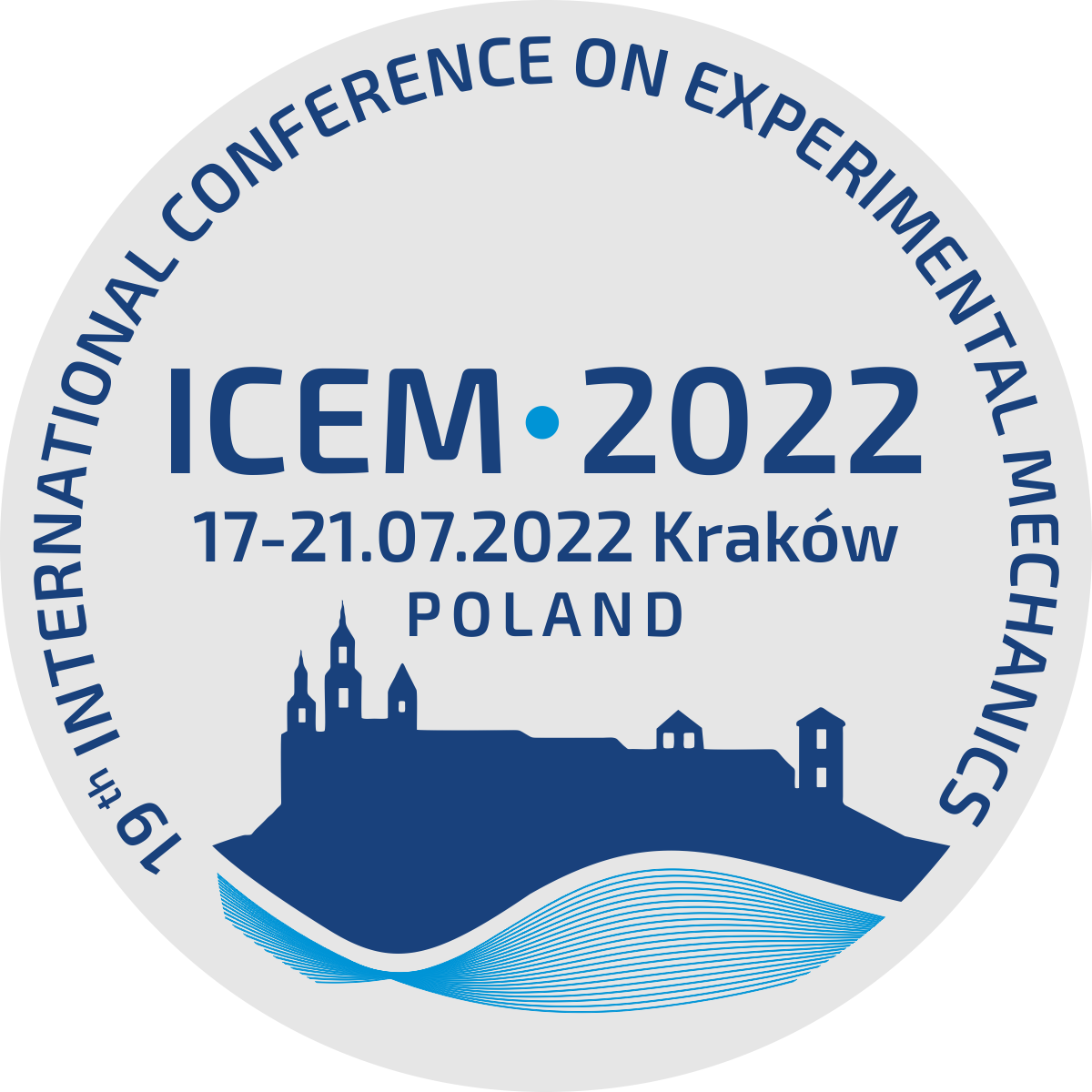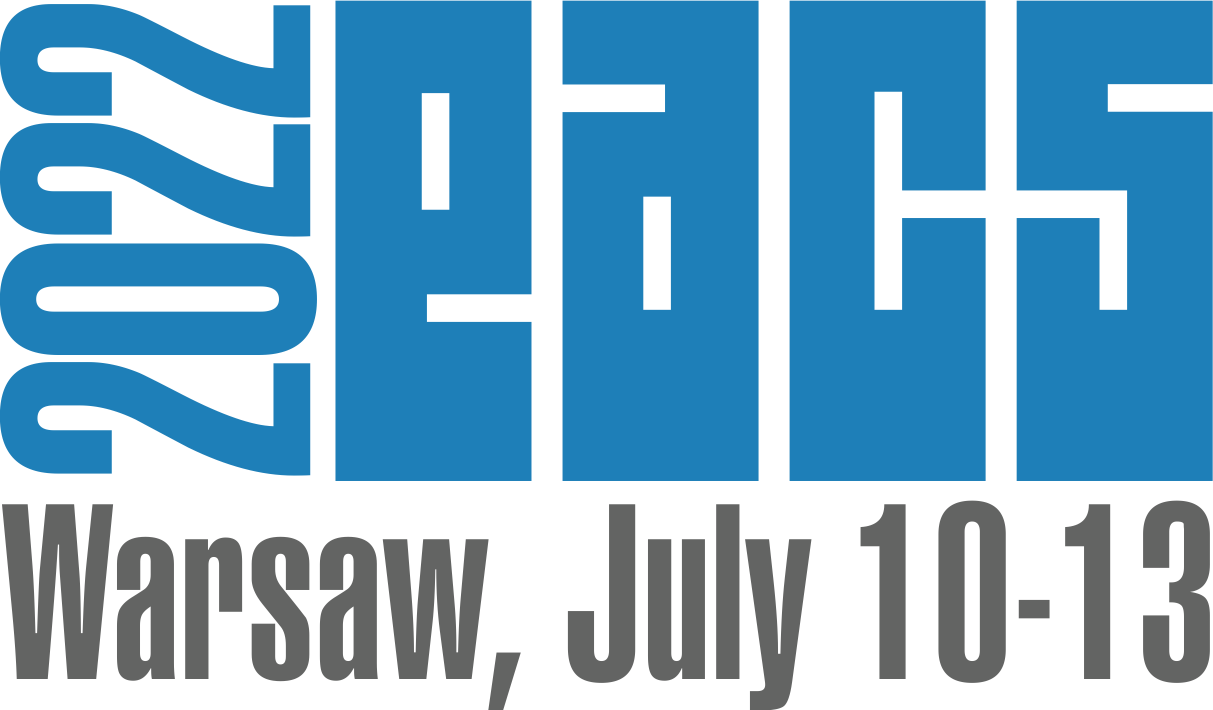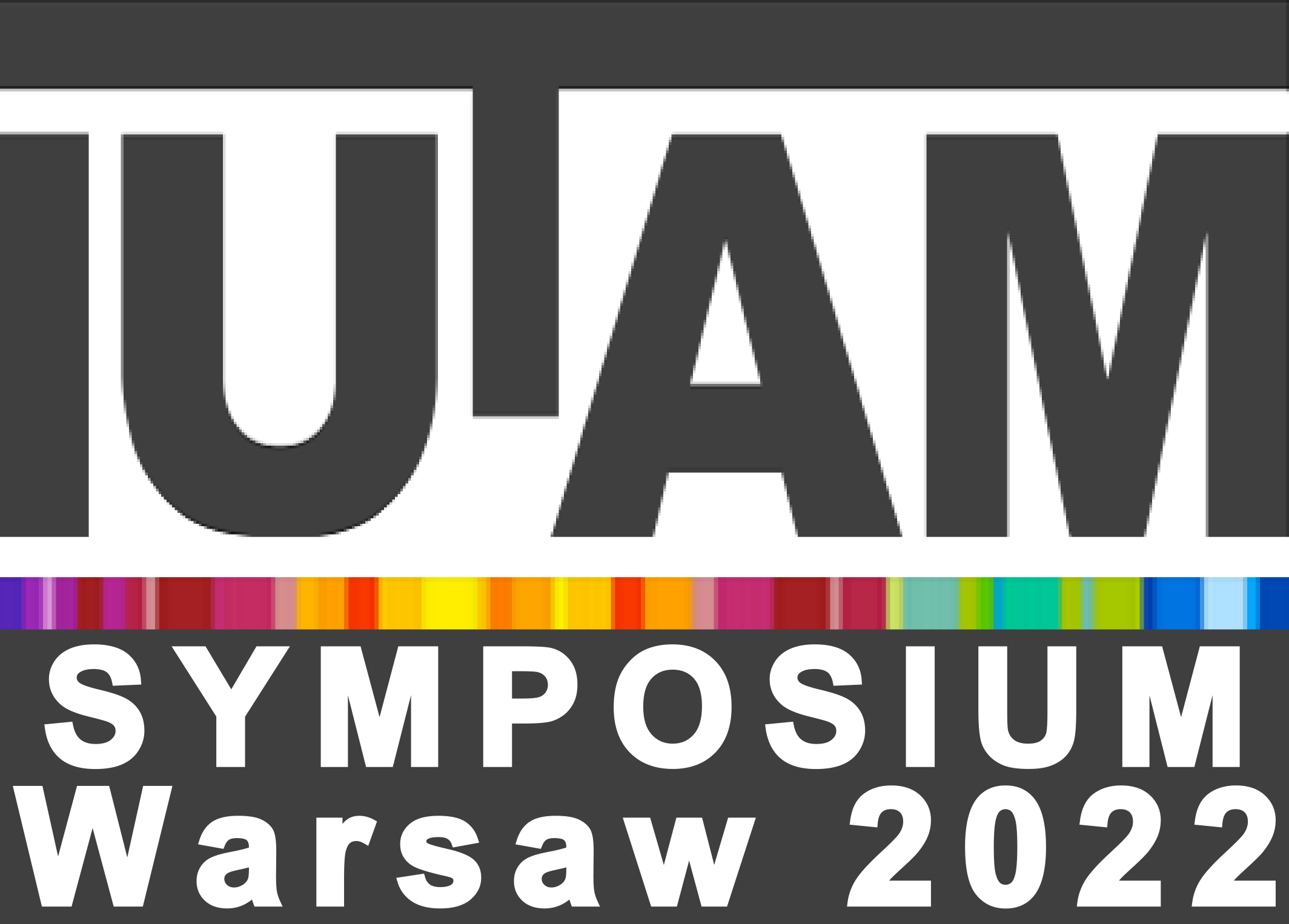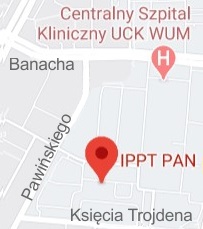| Allesandro Fantilli |
|
Ostatnie publikacje
| 1. |
Jóźwiak-Niedźwiedzka D., Fantilli A.P.♦, Dziedzic K., Lisowski P., Effect of different fibres in mitigation of alkali-silica reaction,
Materials Today: Proceedings, ISSN: 2214-7853, DOI: 10.1016/j.matpr.2023.03.487, pp.1-7, 2023 Streszczenie: Słowa kluczowe:
| |||||||||||||
| 2. |
Fantilli A.P.♦, Jóźwiak-Niedźwiedzka D., Denis P., Bio-fibres as a reinforcement of gypsum composites,
Materials, ISSN: 1996-1944, DOI: 10.3390/ma14174830, Vol.14, No.17, pp.4830-1-14, 2021 Streszczenie: Słowa kluczowe:
| 140p. | ||||||||||||
| 3. | Fantilli A.P.♦, Jóźwiak-Niedźwiedzka D., Special issue: supplementary cementitious materials in concrete, part I, Materials, ISSN: 1996-1944, DOI: 10.3390/ma14092291, Vol.14, No.9, pp.2291-1-6, 2021, EDITORIAL | |||||||||||||
| 4. |
Fantilli A.P.♦, Jóźwiak-Niedźwiedzka D., Influence of Portland cement alkalinity on wool reinforced mortar,
Proceedings of the Institution of Civil Engineers - Construction Materials, ISSN: 1747-650X, DOI: 10.1680/jcoma.20.00003, Vol.174, No.3, pp.172-181, 2021 Streszczenie: Słowa kluczowe:
| 40p. | ||||||||||||
| 5. |
Jóźwiak-Niedźwiedzka D., Fantilli A.P.♦, Wool-reinforced cement based composites,
Materials, ISSN: 1996-1944, DOI: 10.3390/ma13163590, Vol.13, No.16, pp.3590-1-13, 2020 Streszczenie: Słowa kluczowe:
| 140p. | ||||||||||||
| 6. |
Fantilli A.P.♦, Jóźwiak-Niedźwiedzka D., The effect of hydraulic cements on the flexural behavior of wool reinforced mortars,
Academic Journal of Civil Engineering, ISSN: 2680-1000, DOI: 10.26168/icbbm2019.41, Vol.37, No.2, pp.287-292, 2020 Streszczenie: Słowa kluczowe:
|
Lista rozdziałów w ostatnich monografiach
|
1. |
Zichella L.♦, Jóźwiak-Niedźwiedzka D., Bellopede R.♦, Vadala S.♦, Fantilli A.P.♦, 4th fib International Conference on Concrete Sustainability (ICCS2024), rozdział: The Influence of Biofibres and Biomass Ash from Agricultural Wastes on Microstructure and Mechanical Properties of Cement-Based Composites, Springer, Part of the book series: Lecture Notes in Civil Engineering (LNCE, volume 574), pp.242-249, 2025 | |
|
2. |
Fantilli A.P.♦, Jóźwiak-Niedźwiedzka D., Antolik A.♦, Denis P., Proceedings of the 6th International Conference on Sustainable Construction Materials and Technologies SCMT6, rozdział: Linking microstructure aspects and mechanical behaviour of wool reinforced composites, Independently published, 1, pp.469-480, 2024 |
|
|
3. |
Jóźwiak-Niedźwiedzka D., Fantilli A.P.♦, Energy efficient, sustainable building materials and products, rozdział: Cement based composites with multifunctional addition of unused wool fibres, CRACOW UNIVERSITY OF TECHNOLOGY, Warszawska 24, 31-155 Kraków, pp.267-282, 2017 |
Redaktor monografii
|
1. |
Jóźwiak-Niedźwiedzka D., Fantilli A.P.♦, Supplementary Cementitious Materials in Concrete, MDPI, St. Alban-Anlage 66, 4052 Basel, Switzerland, pp.1-394, 2021 |
Prace konferencyjne
| 1. |
Jóźwiak-Niedźwiedzka D., Fantilli A.P.♦, Influence of cement type and curing conditions on the flexural strength and microstructure of mortars reinforced with sheep wool fibers,
RACTSI, International Conference on Recent Advances in Concrete Technology and Sustainability Issues, 2022-07-13/07-15, Milan (IT), No.SP 355, pp.283-292, 2022 Słowa kluczowe:
| ||||||||||||||
| 2. |
Fantilli A.P.♦, Jóźwiak-Niedźwiedzka D., Sheep wool as fiber-reinforcement of gypsum composites,
ICBBM'2021, 4th International Conference on Bio-Based Building Materials, 2021-06-16/06-18, Barcelona (ES), pp.108-111, 2021 Streszczenie: Słowa kluczowe:
| ||||||||||||||
| 3. |
Fantilli A.P.♦, Jóźwiak-Niedźwiedzka D., The effect of Hydraulic Cements on the Flexural Behavior of Wool Reinforced Mortars,
ICBBM2019, 3rd International Conference on Bio-Based Building Materials, 2019-06-26/06-28, Belfast (GB), pp.287-292, 2019 Streszczenie: Słowa kluczowe:
| ||||||||||||||
| 4. |
Fantilli A.P.♦, Jóźwiak-Niedźwiedzka D., Gibas K., Dulnik J., The compatibility between wool fibers and cementitious mortars,
ICBBM & EcoGRAFI, Second International RILEM Conference on Bio-based Building Materials 1st Conference on ECOlogical valorisation of GRAnular and FIbrous materials, 2017-06-21/06-23, Clermont-Ferrand (FR), DOI: 10.26168/icbbm2017.4, pp.42-47, 2017 Streszczenie: Słowa kluczowe:
| 20p. |
Abstrakty konferencyjne
| 1. |
Zichella L.♦, Jóźwiak-Niedźwiedzka D., Bellopede R.♦, Vadala S.♦, Fantilli A.P.♦, The Influence of Biofibres and Biomass Ash from Agricultural Wastes on Microstructure and Mechanical Properties of Cement-Based Composites,
fib ICCS24, fib ICCS24 - International Conference on Concrete Sustainability, 2024-09-11/09-13, Guimaraes (PT), pp.1-1, 2024 Słowa kluczowe:
|


